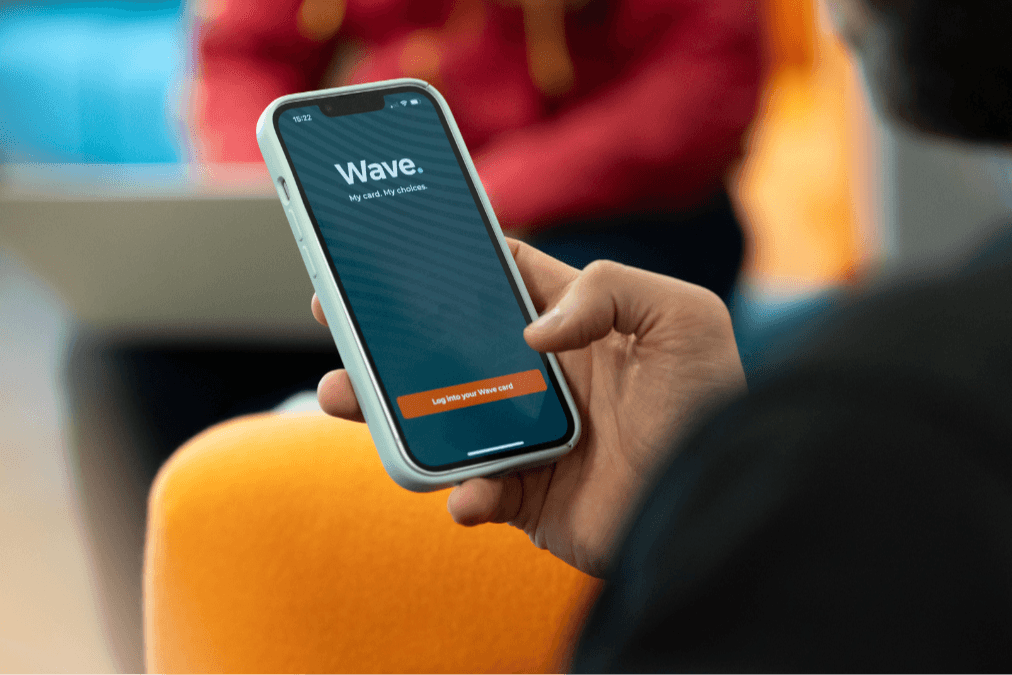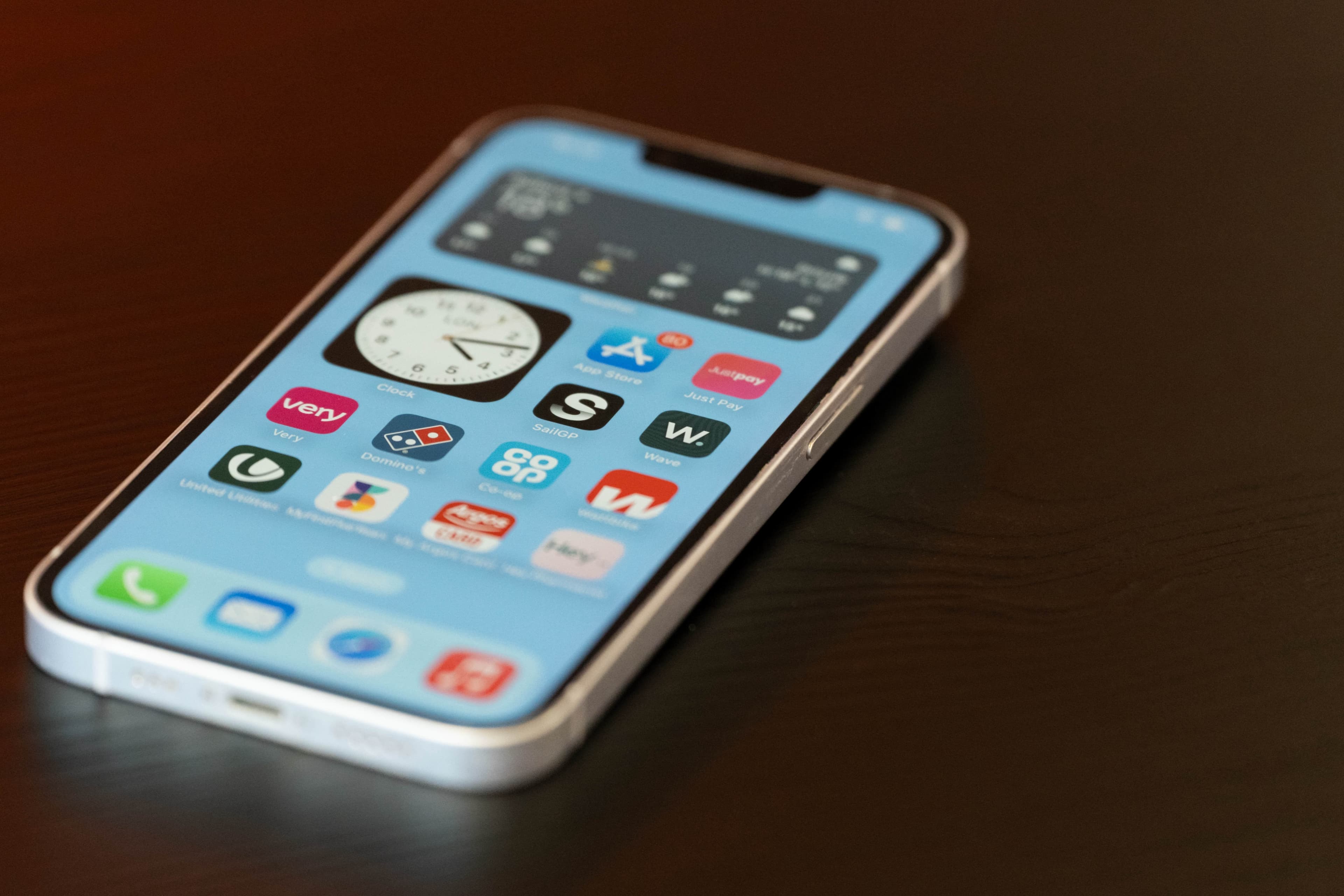What are the minimum accessibility requirements for apps?
If you’re developing a mobile app, you’re probably focused on delivering a seamless user experience. However, to truly succeed, your app needs to be accessible to all users.
Factoring in accessibility requirements allows everyone, regardless of their abilities, to interact with your app. It helps you comply with legal requirements, avoid potential penalties, and build a positive brand reputation. But, most importantly, it ensures that your services are available to everyone who needs them.
To make sure you’re considering all users, our guide will walk you through the minimum accessibility requirements for mobile apps. We’ll explore essential standards you need to follow, provide a comprehensive checklist, and give an overview of the built-in accessibility features of major mobile platforms.
Why accessibility is important
Accessibility is essential for creating mobile apps that everyone can use, regardless of their abilities or disabilities. Here are a few benefits of creating an app that’s inclusive for everyone:
Can reach a broader audience — The World Health Organisation estimates that 1.3 billion people worldwide experience a significant disability, which represents around 16% of the population (as of July 2024). Developing an app that also caters to this audience means that you can reach a larger portion of potential users.
Can improve user satisfaction — A study by the Research Institute for Disabled Consumers (RiDC) found that one in four disabled and older people who downloaded an app had difficulty accessing or using it. A further 44% of them went on to uninstall the app. That’s why incorporating ease-of-use features such as screen readers, text-to-speech, and adjustable text sizes can enhance usability and make it more likely for everyone to have a positive user experience.
Complies with legal requirements — The Web Content Accessibility Guidelines (WCAG) are a series of legal requirements that aim to ensure web content is easily available to all users. Businesses that don’t abide by WCAG guidelines will be in breach of the Equality Act 2010 and may be subject to investigations, unlawful act notices, and court action.
Builds brand reputation — Businesses that prioritise accessibility show that they’re committed to social responsibility and inclusivity. This can help build their reputation and set them apart from competitors.
Encourages trust — Put simply, users trust brands that make their products or services inclusive. When users feel that their needs are considered, they are more likely to buy into and remain loyal to a brand.
Learn how you can incorporate accessibility into your mobile app here.

An overview of accessibility standards
Whether you’re developing a website or mobile application, it’s vital that you follow accessibility standards to ensure inclusivity and compliance.
The Web Content Accessibility Guidelines (WCAG) are a set of guidelines for implementing web and mobile accessibility. WCAG is developed by the World Wide Web Consortium (W3C) and is widely recognised as the global benchmark for creating accessible digital content.
Web Content Accessibility Guidelines (WCAG)
WCAG lays out a comprehensive set of regulations to make online or digital information accessible to all users, including those with disabilities. There are 13 guidelines, which are categorised under four core principles:
Perceivable – Information and user interface components must be presented in ways that users can perceive, such as providing text alternatives for non-text content like images and videos.
Operable – All interface components and navigation must be operable by users, including those relying on keyboard inputs or assistive technologies.
Understandable – Information and the operation of the user interface must be understandable.
Robust – Content must be robust enough to be interpreted reliably by a wide variety of user agents, including assistive technologies.
Each WCAG guideline has testable success criteria and three levels of conformance: A (minimum), AA (mid-range), and AAA (highest).
Minimum accessibility requirements checklist
To make sure your mobile app is accessible and compliant with WCAG, here’s a checklist of all the most important things to consider:
Perceivable
Text alternatives for non-text content
Ensure all images, icons, and multimedia have appropriate alt text or labels.
Sufficient colour contrast Verify that the contrast between text and background colour is at least 4.5:1 (or 3:1 for large text).
Text resizing and zoom capabilities
Text must be able to be resized up to 200% without loss of content or functionality. Pinch-zoom must also be enabled.
3. Audio descriptions for multimedia content Provide audio descriptions for all video content to assist users with visual impairments.
Operable
Keyboard accessibility Ensure all functionality, including navigation and form submissions, is accessible via a keyboard.
Proper labelling of form elements and controls Check that all form elements and interactive controls have clear, descriptive labels.
Adequate time for task completion Provide users with enough time to complete tasks without feeling rushed, and include options to extend time limits if necessary.
Support for gestures and assistive touch technologies Make sure that all touch gestures have alternatives and that the app is compatible with assistive touch technologies.
Adjust tap target sizes
Ensure buttons are large enough and well-spaced so that users can easily tap them, particularly if there are lots of elements on display at once.
Understandable
Clear and consistent navigation Maintain a consistent navigation structure across the app, with clear indicators of current location and easy access to all sections.
Simple and concise language Use plain language and avoid jargon or complex terminology to make content easily understandable.
Descriptive error messages
Provide clear error messages that describe the problem and suggest ways to fix it.
Robust
Compatibility with screen readers Test the app with screen readers like VoiceOver (iOS) and TalkBack (Android) to ensure all content is accessible.
Regular updates for compatibility Keep the app updated to maintain compatibility with the latest operating systems and assistive technologies versions.

Mobile app accessibility features
In addition to WCAG, mobile app developers should also adhere to platform-specific accessibility guidelines to ensure a seamless and accessible user experience across different devices.
Android Accessibility Guidelines
These guidelines offer a comprehensive suite of accessibility features that developers can integrate into their apps, covering topics like:
TalkBack — Android's screen reader that provides spoken, audible, and vibration feedback. It’s recommended that UI elements are properly labelled and provide meaningful descriptions to enhance TalkBack support.
Magnification gestures — Allows users to zoom in on the screen for better visibility. Ensure your app remains functional and content is accessible when zoomed in.
Accessibility menu — Provides large on-screen controls for common actions such as taking screenshots or adjusting volume, which is beneficial for users with motor impairments.
Select to speak — This feature lets users tap items on their screen to hear them read aloud.
Switch access — This lets users control their device using one or more switches. Ensure your app supports navigation via switch devices and provides an intuitive interface.
iOS Human Interface Guidelines
Apple's guidelines emphasise creating inclusive apps that work well with iOS accessibility features such as:
VoiceOver — A screen reader that provides spoken feedback, allowing visually impaired users to navigate the app using gestures. Developers should ensure all elements are properly labelled for VoiceOver.
Dynamic Type — Supports adjustable font sizes, enabling users to increase or decrease text size across the app.
Magnifier — Turns the device into a magnifying glass, which can help users with low vision.
Siri shortcuts — Lets users perform everyday tasks using voice commands, improving accessibility for users with motor impairments.
Switch Control — Allows users to interact with their device using switches instead of the touch screen.
Mobile app accessibility testing
Accessibility testing ensures that all users, particularly those with disabilities, can effectively use your app. It also helps make sure that all legal requirements are met and gives you the opportunity to enhance any issues with user experience.

There are three common accessibility testing methods for mobile apps:
1. Automated testing tools
Automated tools quickly scan your app for common accessibility issues. They can identify problems like missing labels, insufficient colour contrast, and touch target size. Different operating systems will need a specific testing tool, such as Accessibility Scanner for Android, Xcode Accessibility Inspector for iOS, and Axe is compatible with both Android and iOS.
2. Manual testing techniques
Manual testing uses human testers to check for accessibility barriers. It tends to involve using screen readers like VoiceOver on iOS and TalkBack on Android to ensure proper labelling and navigation, testing keyboard navigation to check that all elements are accessible and verifying colour contrast to meet accessibility standards.
3. User testing
User testing means engaging users who rely on assistive technologies to interact with your app. It provides real-world insights into how well your app supports them and helps identify issues that automated or manual testing might miss.
Find out more about testing best practices with our guide on how to test mobile app accessibility.
Making apps inclusive for everyone
Understanding mobile apps' accessibility requirements goes beyond legal compliance; it's about creating inclusive, user-friendly experiences.
Here at Apadmi, we have over a decade of experience developing mobile apps that deliver seamless experiences for all users. Contact us today to learn how we can help you make your mobile app more inclusive for everyone.
Share




